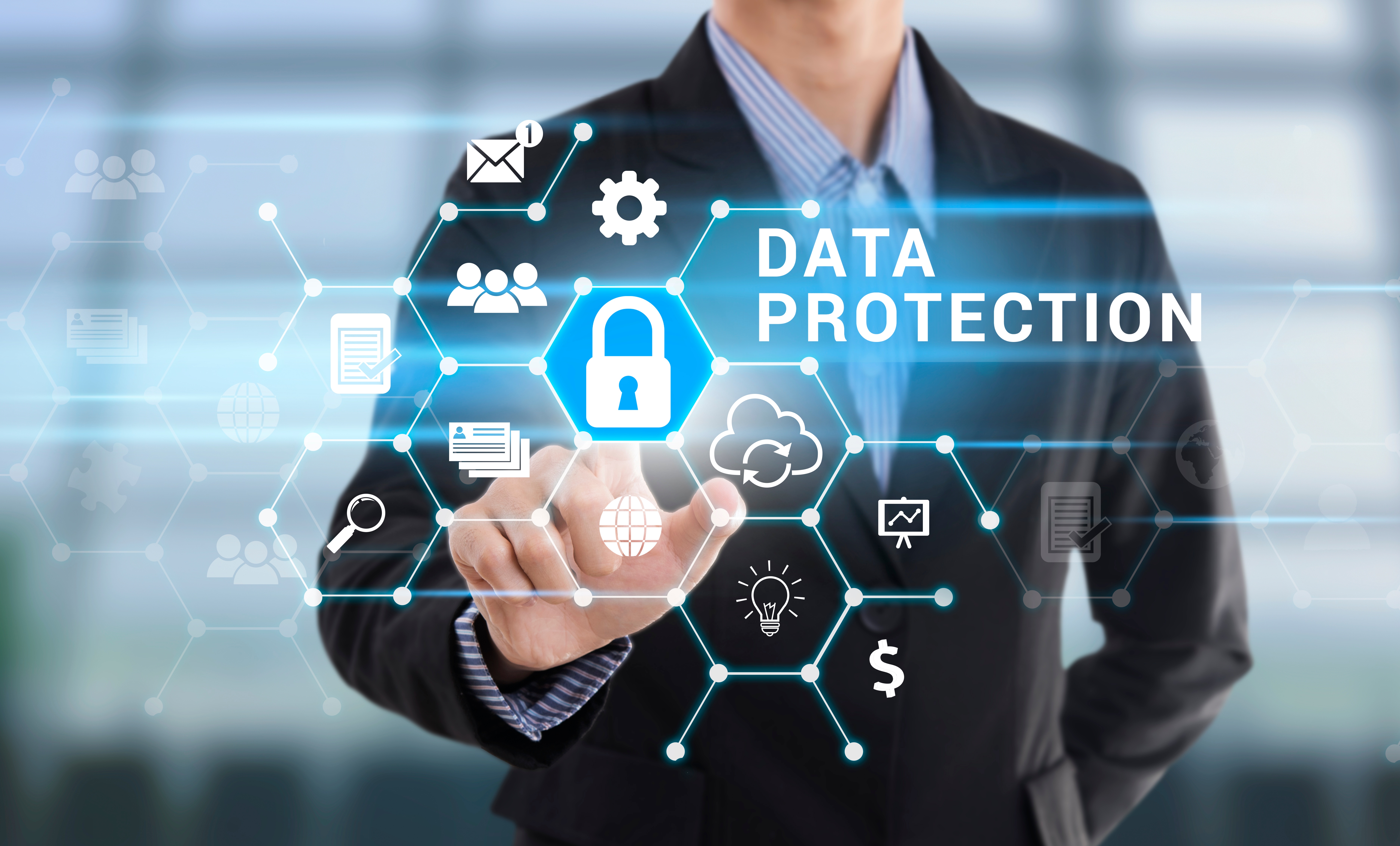It’s a new year and it’s time to figure out what purchases, projects, and services your organization will need in the near future. No doubt, your wish list will far exceed your budget.
To meet your security needs within a budget, make sure you are investing enough in IT security by shoring up your identity and access management (IAM) program. In order to truly enable your business, you must first embrace security, and that means putting IAM at the core of your security program.









